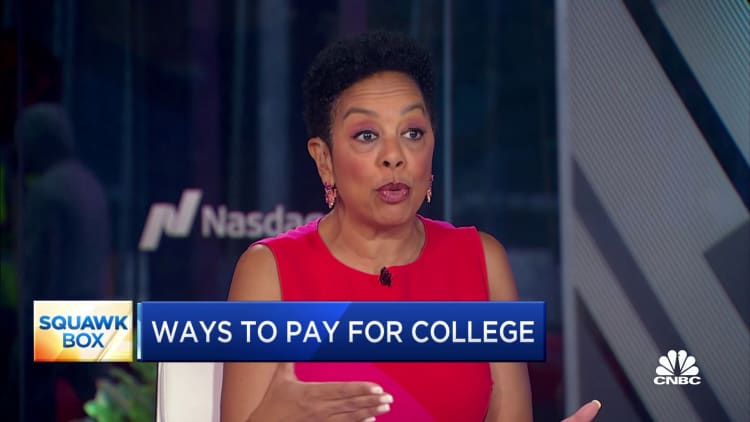Terry Vine | Getty Images
Higher earners who maximize retirement savings now have more time for pretax catch-up 401(k) contributions, thanks to new IRS guidance.
Currently, “catch-up contributions” allow savers 50 and older to funnel an extra $7,500 into 401(k) plans and other retirement plans beyond the $22,500 employee deferral limit for 2023.
A change enacted via Secure 2.0 would have eliminated the up-front tax break on catch-up contributions for higher earners by only allowing these deposits in after-tax Roth accounts, starting in 2024.
But the IRS on Friday announced a two-year delay for the change, meaning savers can still make pretax catch-up contributions through 2025, regardless of income.
“The administrative transition period will help taxpayers transition smoothly to the new Roth catch-up requirement,” the IRS said in a statement.
The Secure 2.0 change applies to employees making catch-up deposits to 401(k), 403(b) or 457(b) plans who earned more than $145,000 from a single company the prior year.
Some 16% of eligible employees took advantage of catch-up contributions in 2022, according to a recent Vanguard report based on roughly 1,700 retirement plans.
Delay is ‘a very good thing’ for retirement plans
The delay is “a very good thing” for retirement plan administrators, said Dan Galli, a Norwell, Massachusetts-based certified financial planner and owner of Daniel J. Galli & Associates.
“There’s no way to do this right without a couple of years of preparation,” he added.
There’s no way to do this right without a couple of years of preparation.
Dan Galli
Owner of Daniel J. Galli & Associates
Roughly 200 organizations wrote a letter to Congress in July asking for more time to implement the 401(k) changes, and many are applauding the delay.
Retirement plan sponsors are grateful for the agency’s “critically important relief,” Diann Howland, vice president of legislative affairs for the American Benefits Council, said in a statement on Friday.
“Without this additional compliance period, a vast number of plans and employers would not have been able to comply with the new requirement and likely would have had to suspend catch-up retirement contributions,” she said.
‘Leverage the lower tax brackets’
While higher earners now have an extra two years for pre-tax catch-up 401(k) contributions, some may still consider after-tax deposits with impending income tax law changes, Galli said.
“This really coincides well with the changing tax brackets coming in 2026,” he said. Several provisions from the Tax Cuts and Jobs Act, including lower individual tax rates, will sunset after 2025 without intervention from Congress.
While pre-tax 401(k) contributions provide an upfront tax break, after-tax Roth deposits allow funds to grow and be withdrawn in retirement tax-free. And with possible tax hikes on the horizon, it may make sense for some investors to pay taxes now.
“What we’re doing with clients right now is trying to leverage the lower tax brackets for as long as we can,” Galli said.


